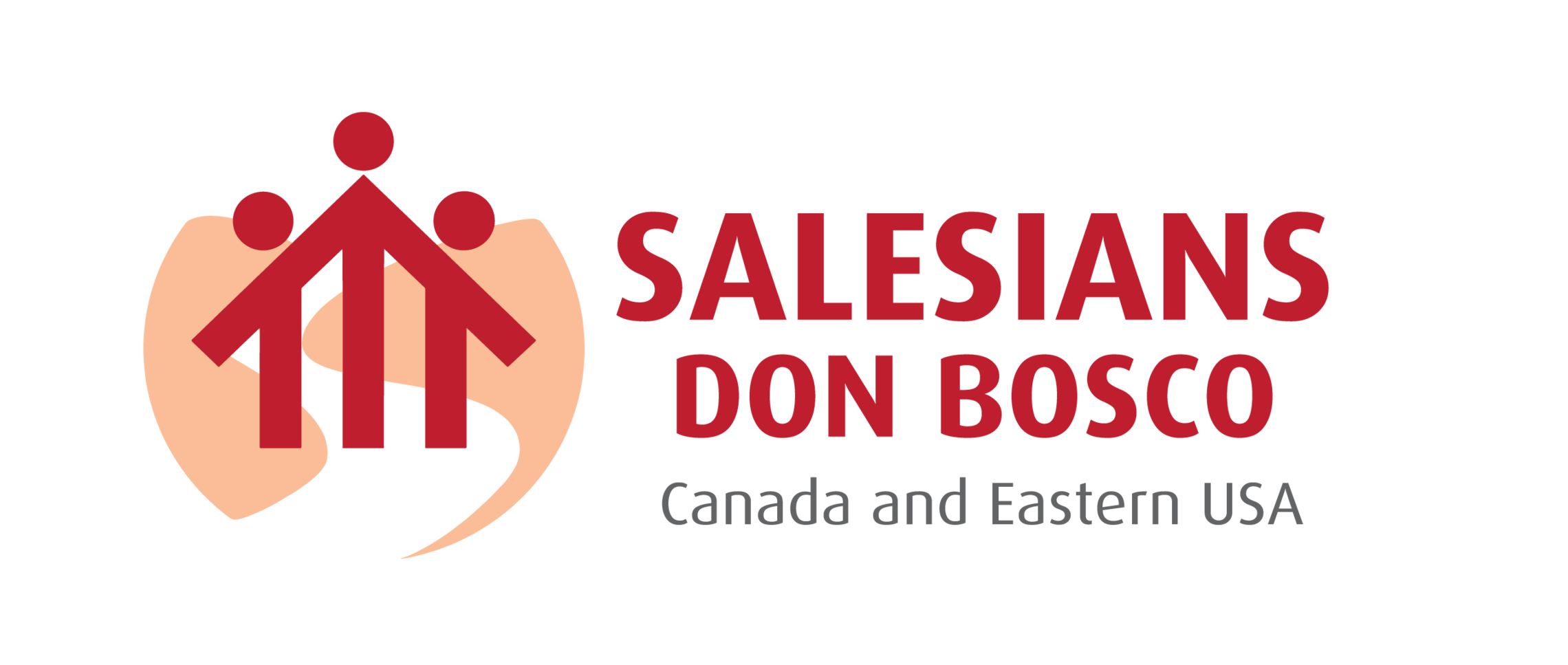
By Guilherme Lopes
I’m a ’90s baby. In my time, if you wanted to have a secret or share a thought about someone without being judged, you had a secret diary or something similar to vent it out. After writing everything down, you could stick it under your mattress, and those thoughts remained there.
Now we have Twitter—not so private, but definitely a place where people of all ages share their opinions. Twitter became the focal point for cyberbullying. Anyone with a thought and an account could attack you for anything. Freedom of speech, right?
I’m not worried about Twitter anymore so much as its rival in Instagram. Instagram became a revolutionary social media tool because it allows users to share photos rather than just captions. Its simple user interface allows anyone just to post whatever they snap to share with their followers. The saying “a photo is worth a thousand words” is definitely the company’s mantra.
I have the privilege to work with young people through the Salesian Office of Youth and Young Adult Ministry. I am able to minister to and accompany young people between the ages of 16 and 25, a vast age range which challenges me to stay up to date with what they are involved in.
Recently, on our Empowering Salesian Leaders program or ESL, I became familiar with the term finsta. Through my research, and with the help of some of the young people we work with, I learned that a finsta is a fake Instagram, or in some cases, a second Instagram. If you have only one Instagram, you may be behind the times. I also learned that your “real” Instagram is where you show the best of the best—the best photos, your best selfies, your best moments, etc. Anything that is worthy of your followers’ seeing, you post on your “real” Instagram and get the likes. Your finsta is more unfiltered. You can post whatever you want—unedited selfies, funny group photos, etc. What makes finsta special is that you control who follows you. Some want only a select few following them. Others couldn’t care less and leave their account open for the public to see. How some young people describe finstas is that you can post “more of the real you on your finsta.”
What was also shared with me during my conversations was that those who have had leadership roles through our programs, such as leadership retreats or Gospel Roads, have two different identities on social media. On their real Instagram, their lives appear to be perfect—full of adventures and friendships, and holy. All the retreats and service opportunities are shared, and comments of how inspiring they are pouring in. The finsta paints a different reality, however. They show a life that’s full of drinking, drugs, provocative images, and more. Sadly, it’s not limited just to those who have held leadership roles through our office.
As the Catholic Church becomes more apparent on social media, I believe young people are feeling pressure to hide. It’s almost like when parents discovered Facebook and created accounts. Parents wanted to be friends with their sons or daughters, but kids weren’t having it. It gave parents another way to see what their children are involved in. Young people value their privacy. Having their local pastor or youth minister following them on social media could pressure them to find a different outlet. If there’s anything I’ve learned working with young people, it’s that they don’t enjoy having their social media talked about in public.
In my opinion, and it may be an unpopular one, young people with a finsta are experiencing a certain brokenness. The two accounts can give the young person a false representation of who they are. Almost like this: Sunday morning, perfect Catholic. Monday-Saturday, YOLO.
My opinion isn’t meant to come off as judgmental, and I apologize if it does. I struggle with understanding what the purpose of a finsta is. Some may even say, “Gui, it’s not even that serious.” Maybe they’re right, but maybe I have a point. It takes a lot of effort to run one account, but to create a totally different second account is a red flag for me. I believe those who work with young people are always looking for that “a cry for help” moment. Well, here it is.
What used to be a social and fun way to share moments in one’s life is quickly turning into a dark realization of young people highlighting moments of sin. What’s of more concern is that they feel they need to share it with other people, reinforcing that “a photo is worth a thousand words.” And if that photo worth a thousand words describes “the real” youth, my question is: does he or she really want that to be the real self?
I believe that the affirmation we receive on social media is confused with actual love. I think Instagram is a great platform to show people a snap into your life. I also think it’s an excellent source of temptation for young people to compare their lives to someone else’s. Love isn’t measured by the number of likes they get or followers they have. If that were the case, Jesus wouldn’t be verified on any social media platform. What saddens me is that unless you know how social media works, it makes it difficult for adults really to understand how hurt young people are. I understand that young people want some privacy and separation from adults. I wouldn’t want my parents following me on anything; I know they would comment on everything. But I wouldn’t want them to feel excluded from my suffering; I wouldn’t want to hide it so that other people who can’t help can see it.
Finally, I believe the brokenness that young people are suffering from is a lack of love. Love of oneself, understanding that they have people that love them, and that they’re loved by a God who is love. I’m sure there are those who created a finsta just for fun. I’m also sure there are those who really share their hurt on their finsta. We are reminded in John 4:18-19: “There is no fear in love, but perfect love drives out fear because fear has to do with punishment, and so one who fears is not yet perfect in love. We love because he first loved us.”
Moments of insecurity, doubt, sadness and fear happen but, our faith reminds us that we are loved, always wanted, and always welcomed.
As Salesian educators, we have a responsibility to know how our young people are doing. Talk to them about their lives on social media. If you start hearing the word finstas going around your community, it may be time to implement preventive measures. Talk to them! Even checking in can be enough for them to think. Having a double personality on any social medium isn’t something that will click easily in a young person. We are there to accompany them. Let’s all continue to be as present in a young person’s life as Don Bosco taught us.






